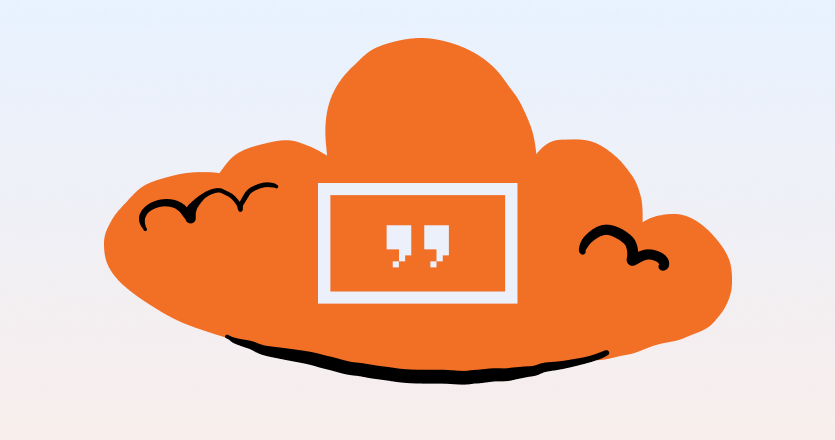To say that hybrid working has dramatically reshaped our professional landscape merely scratches the surface of just how transformative this shift has truly been.
A survey in 2023 revealed a major change in the working patterns of remote capable employees over the past several years: In 2019, 60% of remote-capable employees worked on-site 100% of the time, but by late 2023, 40% of US-based remote-capable employees had shifted from working entirely on-site to working remote all or part of the time. This trend has been global, with patterns shifting in similar ways throughout the UK, Europe, and other regions.
Naturally, the shift away from traditional in-office work has required businesses and workers, alike, to find new ways of staying connected, informed, and engaged with their work and colleagues. In this article, we’ll discuss how hybrid workplaces are influencing how organizations approach digital transformation, and review how digital signage can support this key area of business operations.
Hybrid work is accelerating adoption of cloud-powered tech, and bringing company culture into sharper focus
Hybrid working models present an incredible opportunity for businesses to level-up their internal communications strategy and support their wider digital transformation efforts.
First, hybrid working accelerates the necessity for businesses to move beyond legacy, on-premises technology and towards more agile, cloud-based solutions. The benefits of moving core technologies to the cloud are well documented and include greater flexibility and scalability, cost savings, and increased opportunities for collaboration. With regard to collaboration, specifically, cloud-based technologies make it possible for team members to access, review, and edit documents, presentations, and other content from anywhere, at any time. Such tools are essential for geographically dispersed teams who operate in different time zones and on different working schedules, and for hybrid team members who require access to documents from their homes or other remote workspaces.
Hybrid working has also brought into focus the need for organizations to better understand how they can create and support a strong company culture when employees aren’t physically present 100% of the time.
From onboarding and training, to keeping employees engaged and informed, organizations must unlock the power of technology to ensure that all employees – regardless of working location – are included, and made to feel like part of the team. With the rise of hybrid work, there’s been a rise in the availability and uptake of so-called “hybrid working technology,” including workplace planning tools to facilitate dynamic working environments, communication channels to support virtual conferencing and meetings, and even data reporting tools to help HR professionals better understand the productivity of all employees, including hybrid working team members.
It’s clear that the rise in popularity of hybrid working has the power to directly impact and accelerate an organization’s digital transformation. Not only does hybrid working push businesses towards more cloud-based technologies and prompt closer examination of the accessibility and strength of their company culture, it also asks them to think more deeply about the broader ways in which they communicate and connect with all employees.

Building a more modern communications environment in 2025 and beyond
It’s clear that now, more than ever before, organizations must adopt a more dynamic, flexible approach to in-office communications. By adopting this modern strategy, businesses can create more inclusive environments where all employees are more informed, and more engaged.
For organizations with a hybrid workforce, it’s obviously critical to provide support to employees so that they can work remotely, but it’s equally important to capitalize on the time that those same employees spend in the office. It’s incredibly important to leverage in-office communication channels, such as digital signage, to ensure that employees are exposed to key information and messages whenever they’re on-site. By supplementing emails and chat software with in-office messaging, organizations can reinforce key information, such as important news and announcements. Businesses can also use digital signage to share relevant, useful content with hybrid employees while they’re physically present in the office, including directories and maps, event announcements, weather forecasts, and real-time alerts. And of course, digital signage can be used to create visually striking presentations, ensuring that hybrid workers are exposed to in-office content that’s as impactful and engaging as possible.
With an intelligent digital signage platform, businesses can ensure that their in-office communications are delivered in the most effective way possible. With customizable content playlists, a wide range of apps, and templates, and the ability to schedule, manage, and update content from anywhere, at any time, digital signage underpins a truly modern approach to workplace communications in 2025 and beyond. By harnessing the flexibility and power of digital signage, organizations can ensure that all employees, including hybrid workers, are engaged, informed, and connected.
Yodeck is the first and only intelligent digital signage platform. Purpose-built to ensure that businesses can easily, quickly reach their most important audiences with their most important content, Yodeck supports better and more impactful communication across organizations, including those with hybrid and geographically dispersed workforces.
– – –
Hybrid working models are here to stay, and they have a direct and undeniable impact on the ways in which organizations approach digital transformation. The need for more flexible and dynamic communications channels in the modern era is clear, and the organizations who take the initiative to explore and adopt them will be best positioned to support their employees, and drive broader business success.
To learn more about Yodeck, just visit this page.
*Katie Rose Hester is a senior content strategist and writer working with product-led businesses bringing interesting, helpful innovations to market.
